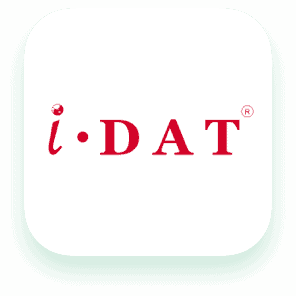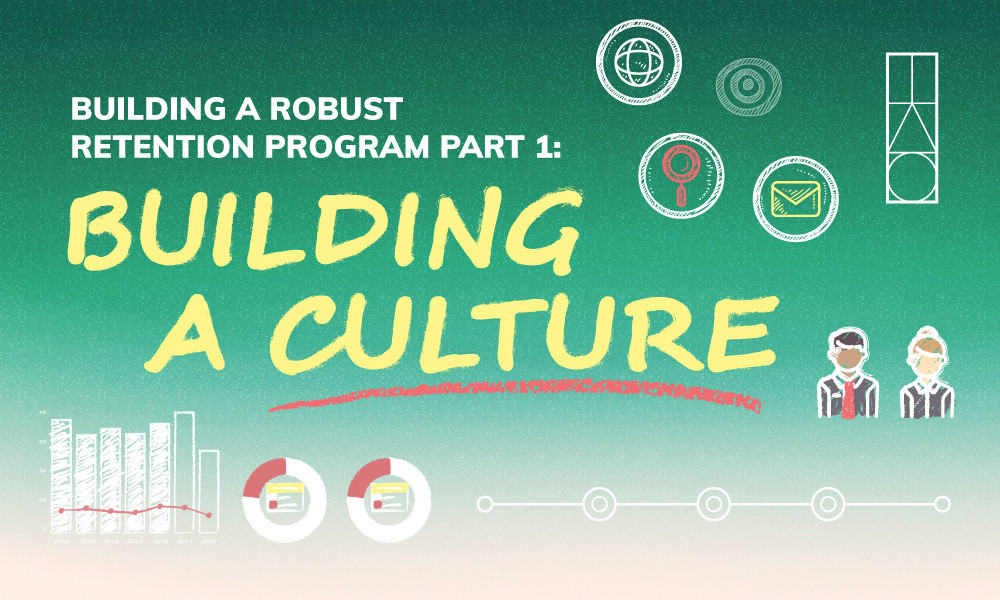All recent research studies suggest the same thing: the enrollment landscape for international schools globally has shifted, resulting in an immediate need for schools (who have not already done so) to elevate their strategies and practices from that of a registrar model (gatekeepers) to that of an enrollment management model. Otherwise, the list of 40%+ reporting schools who did not meet enrollment objectives will continue to increase.
There are a number of factors including, but not limited to, market saturation, price sensitivity, the evolution of expatriate benefits packages, rising geopolitical tensions and concerns, and so on. The direct results on schools: it is simply harder to enroll new students. Enter the immediate need for the implementation of a robust retention program; one designed to re-recruit those who have already committed to being a part of your community.
Before beginning your planning, let’s all acknowledge the elephant in the room: every single member of your community (teachers, security guards, janitorial staff, administrators, etc) play an integral role in your school’s overall retention efforts. Thus, it can often feel as if we are helpless in influencing or controlling strategy and execution. This may be true to some degree, but I would argue that the thoughtful and intentional development and implementation of a comprehensive strategy will position us to be pied pipers in our community as we lead our retention programs towards success.
So, what does one look like? Where should schools begin? If your school has not engaged in an explicit conversation regarding retention practices before, there will need to be a necessary shift in culture, and this will undoubtedly be the most time consuming step. Culture starts with shared beliefs and common language. Retention is no different.
Now, to begin the aforementioned “shift”, schools should consider opportunities to develop the following:
1. Common Vernacular
- Start with WHY – Simon Sinek said it best: “people do not buy what you do, they buy why you do it.” Using this philosophy as a framework for our retention efforts, schools will be well served to develop a common vernacular that starts with WHY. Meaning, there are intentional efforts and professional development plans in place that result in a consistent theme and message from your school, regardless of who/what delivers. Ultimately, why families choose to be at our school has very little to do with the technology we have or the programs we offer, it is almost always a result of why it all matters to the child, and what the ultimate outcome will be as a result.
-
Bank Account Approach – As a methodology, the concept of a retention program aligning with the ideology of a bank account is appropriate. It is common knowledge that you cannot contact your bank and ask for a withdrawal unless an appropriate deposit has been made and that account has currency. Our work with our families should be no different.
When considering the application of this, your school must create a culture that recognizes the necessary steps that must be taken to make meaningful and intentional relationship deposits with your families and identify what those opportunities are. In many cases, we make these deposits often without much consideration. Given this, how do we leverage those daily occurrences by some into an expectation (framed as an opportunity) for all? Some simple examples include:
- The power of using a student’s name
- Recognizing small acts of kindness
- Being active listeners
- Truly “knowing” your students
- Being visible
Each of the above, when defined for your school and implemented thoughtfully will result in ongoing deposits in the bank accounts of our families. These deposits position us to make those withdrawals (and we do have to make them from time to time) with the confidence that we are doing so without creating a potential attrition risk.
2. Shared Mindset
-
Retention Workshops – “Retention is everyone’s responsibility” is without a doubt true. However, without a thoughtful and comprehensive introduction to this reality, many schools struggle to build buy-in and a shared vision for their retention programs. To counter this challenge, it is recommended that schools begin to identify opportunities for the entire community to engage in retention workshops.
The purpose of these workshops are to engage everyone in the community in activities and dialogue that center around the importance of retention in enrollment management and school culture while also providing a collaborative platform for all stakeholders to learn, challenge, elaborate, and strategize around the concept of retention. Additionally, by making this a regular practice, schools are saying “retention is everyone’s responsibility” implicitly, but through a process of ownership and engagement rather than directive. This organic approach will result in a deeper level of appreciation, commitment, and cohesiveness within the school community.
-
Retention Whitepaper/Blog – Another approach to organic growth of a retention mindset is to create a series of whitepapers or blogs (monthly/ bi-monthly/quarterly) that address different areas of retention. In these whitepapers, the enrollment management team can continue to build on the momentum created during the retention workshops and can further define/ introduce topics such as: cultivating affirmation, symbolism/hidden messages, bank account mindset, etc. Of course, the final topics can be a balance of industry best practices and institutional priorities.
Once a schedule of topics has been finalized and implemented, the final piece for consideration is the explicit call to action for the community. The whitepaper/blog topics should not be a form of one-way delivery of information but a conversation that introduces opportunities for the reader to put the strategies in action. Moreover, a successful program will also create opportunities for the strategies in play to be highlighted for the whole community to celebrate. This “celebration” will likely result in affirmation of the program’s purpose and lead to greater participation and community-wide execution of strategies.
As your school begins the development and implementation of your retention program, don’t forget that retention isn’t just about enrollment; it is more than just numbers. A retention program focuses on school culture and climate, and emphasizes the importance of intentional and meaningful relationships in your school community. Given this, the initial steps will take time, as culture is hard to shape. But, after organic buy-in and engagement begins, your school will be on a path to further define and implement components of a robust retention program, like building your teams, building your practices/programs, cultivating affirmation within your community, and building your institutional awareness, to name a few.
















 All Services
All Services


